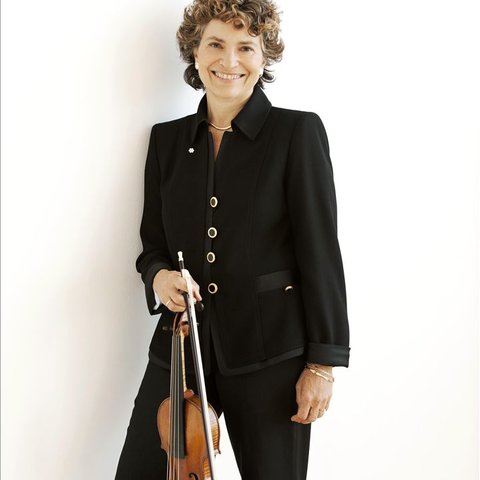

|
Jeanne Lamon, born August 14, 1949 in New York City, was raised in New York and began studying the violin at the age of seven. She studied violin at the Westchester Conservatory of Music with Editha Braham and Gabriel Banat. Later she attended Brandeis University in Boston where she earned a Bachelor of Music degree studying violin with Robert Koff, the original second violinist of the Juilliard Quartet. Lamon left the USA to study in the Netherlands with Herman Krebbers, then the concertmaster of the Concertgebouw Orchestra in Amsterdam. She returned to North America in the mid-1970s to establish her career as a baroque specialist. Lamon held the position of concertmaster for, and appeared in solo performances with many prestigious ensembles and orchestras in the USA. In 1974 she became the first violinist to win the prestigious Erwin Bodky Award for Excellence in the Performance of Early Music. In the late 1970s, while teaching in the Early Music Department of Smith College in Massachusetts, Lamon made two guest appearances in Canada with the Tafelmusik Baroque Orchestra, which resulted in an invitation in 1981 offering her the position of Music Director. Lamon has resided in Toronto since 1981 and became a Canadian citizen in 1988. Under Lamon's leadership, Tafelmusik has achieved international stature and is considered one of the best ensembles in its field, with recordings for various labels, including Philips, Nonesuch, CBC Records, Sony Classical, and Analekta. Her solo recordings include Vivaldi's The Four Seasons, the Juno Award-winning Bach Brandenburg Concertos and the Bach Violin Concertos, among others. Lamon teaches at University of Toronto and the Royal Conservatory of Music in Toronto. She received an honorary Doctor of Letters from York University in 1994. In 1996, she became the first recipient of the Muriel Sherrin Award, which is presented by the Toronto Arts Council Foundation to artists and creators who have excelled at international initiatives in the fields of music or dance. In 1997, the Alliance Française of Toronto awarded Lamon its newly created Prix Alliance for her contributions to cultural exchanges and artistic ties between Canada and France. In September 1997, Lamon received the Joan Chalmers Award for Creativity and Excellence in the Arts for her artistic direction of Tafelmusik. In March 1999, the Canada Council for the Arts awarded her the 1998 Molson Prize in the Arts, recognizing her outstanding lifetime contribution to the cultural and intellectual life of Canada. Most recently, Lamon was appointed a Member of the Order of Canada on July 13, 2000 in Ottawa. This award honours her for her distinguished work as a baroque violinist, concertmaster, chamber musician, teacher, and Music Director of Tafelmusik. In 2014, she was made a Member of the Order of Ontario. In October 2012, Lamon announced that after 33 years of directing Tafelmusik, she would be stepping down as full-time music director after the 2013/14 season after a career of recording, performing, and touring. |
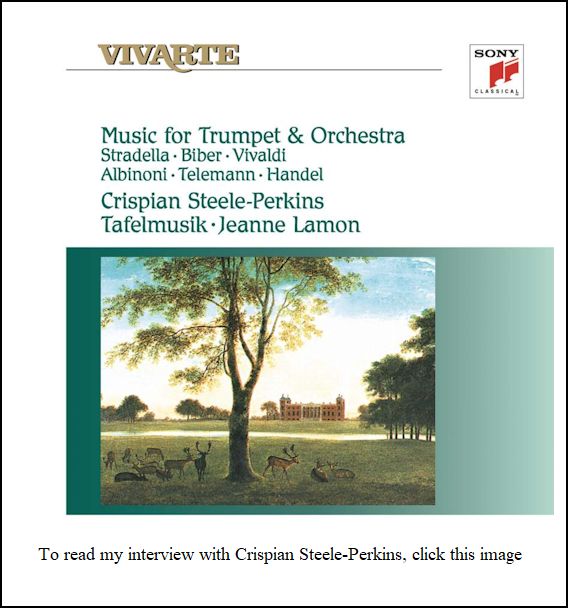 BD: It’s either that or shoe-lifts. [Both laugh]
BD: It’s either that or shoe-lifts. [Both laugh]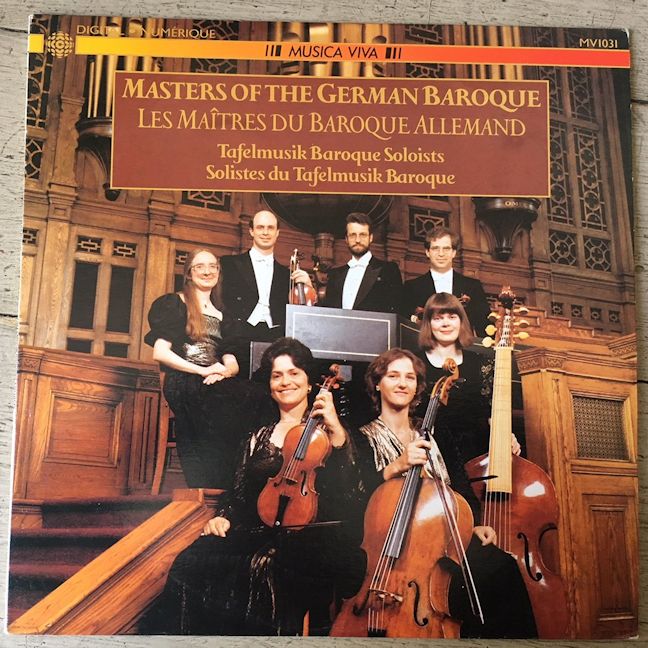 JL: [Thinks a moment] I don’t
know about Bruckner and Wagner. Things go in waves in terms of
styles and what’s popular. For some reason, the earlier romantics
aren’t so popular these days. You don’t hear that much Mendelssohn
and Schumann, and even Brahms is played much less than he was thirty years
ago. I’m sure that they’ll come back into vogue, as they’re great
composers. There’s not a problem of quality, it’s a problem of vogue
only.
JL: [Thinks a moment] I don’t
know about Bruckner and Wagner. Things go in waves in terms of
styles and what’s popular. For some reason, the earlier romantics
aren’t so popular these days. You don’t hear that much Mendelssohn
and Schumann, and even Brahms is played much less than he was thirty years
ago. I’m sure that they’ll come back into vogue, as they’re great
composers. There’s not a problem of quality, it’s a problem of vogue
only.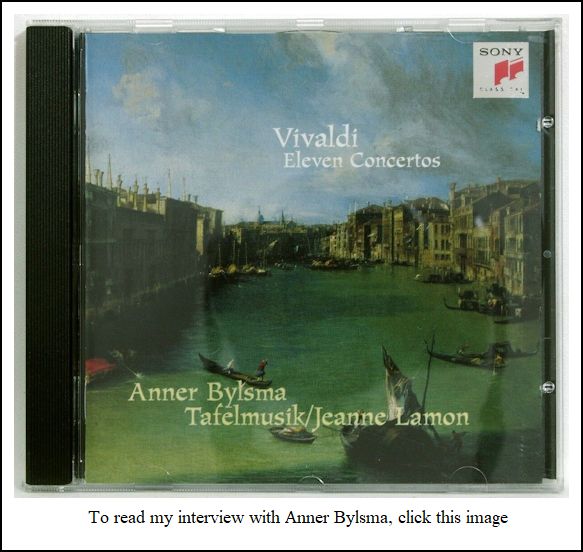 JL: That’s done in rehearsal. It’s a very good
group. They all take great deal of responsibility, and they play
fine just on their own.
JL: That’s done in rehearsal. It’s a very good
group. They all take great deal of responsibility, and they play
fine just on their own.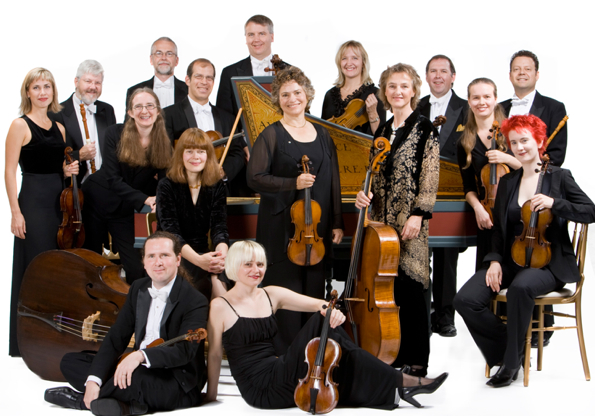 BD: Tafelmusik Baroque Orchestra [pictured at right]
is a full-time gig?
BD: Tafelmusik Baroque Orchestra [pictured at right]
is a full-time gig?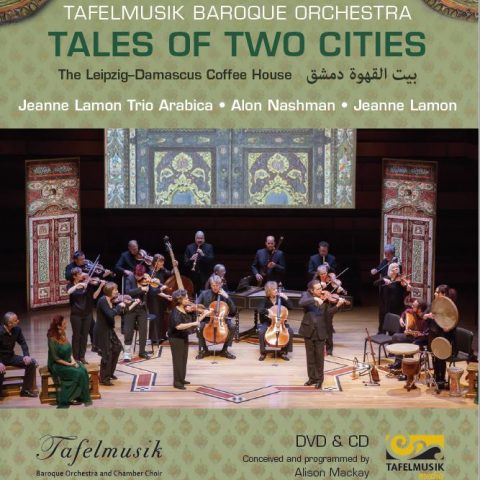 BD: To make sure you have six concerts with one Haydn
symphony on each?
BD: To make sure you have six concerts with one Haydn
symphony on each?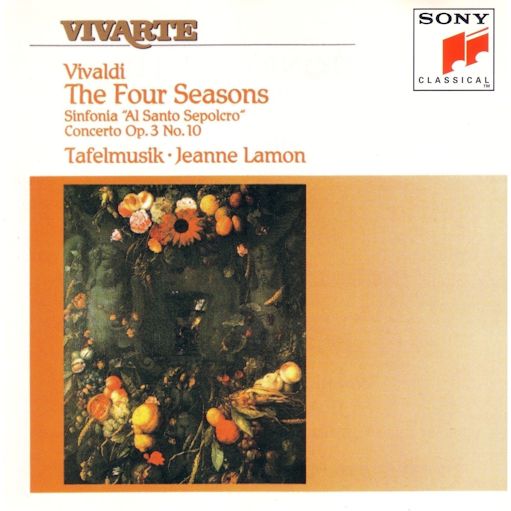 JL: That’s right. But then, of course, the product’s
the final thing. You can get somebody to come once, but to get them
to come back is a tricky thing, and that’s my department. It’s not
my job to get them there in the first place, it’s my job to get them to
buy a second ticket, or a subscription. To make them happy once they
are there is a different job.
JL: That’s right. But then, of course, the product’s
the final thing. You can get somebody to come once, but to get them
to come back is a tricky thing, and that’s my department. It’s not
my job to get them there in the first place, it’s my job to get them to
buy a second ticket, or a subscription. To make them happy once they
are there is a different job.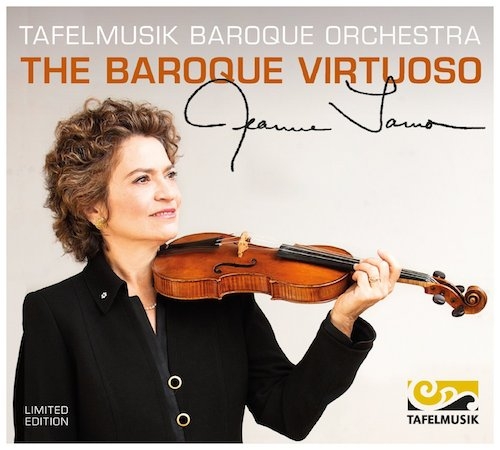 JL: We always rehearse every time.
We don’t ever play in a hall that we haven’t rehearsed in. Here
in Chicago, tomorrow we’ll spend an hour and half in the hall before the
concert and rehearse in it. Every hall’s radically different.
It’s a very important question. Some people don’t do that, and the
first piece ends up being a sacrificial offering because you have to adjust
to hearing in the hall, and how to make sounds in the hall. Every
hall has a different way. It sounds different. You hear your
colleagues differently, and you have to be able tune into that in order to
do the kind of chamber music-making we’re doing.
JL: We always rehearse every time.
We don’t ever play in a hall that we haven’t rehearsed in. Here
in Chicago, tomorrow we’ll spend an hour and half in the hall before the
concert and rehearse in it. Every hall’s radically different.
It’s a very important question. Some people don’t do that, and the
first piece ends up being a sacrificial offering because you have to adjust
to hearing in the hall, and how to make sounds in the hall. Every
hall has a different way. It sounds different. You hear your
colleagues differently, and you have to be able tune into that in order to
do the kind of chamber music-making we’re doing.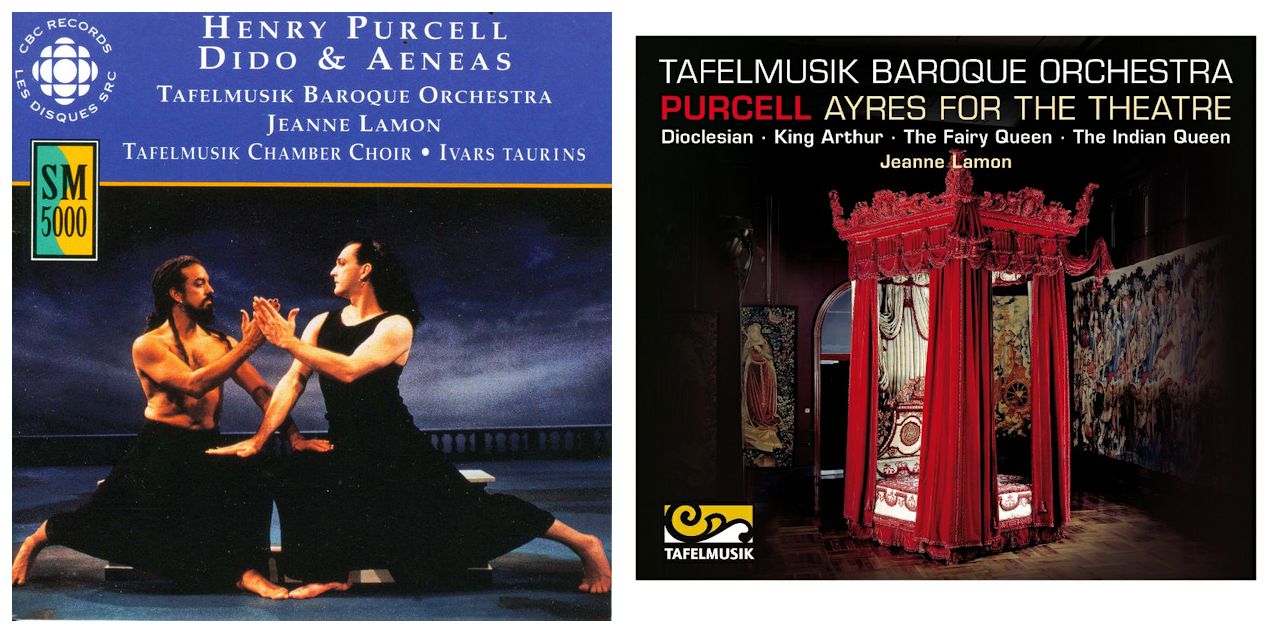
This conversation was recorded in Chicago on November 11, 1993. Portions were broadcast on WNIB in 1999. This transcription was made in 2019, and posted on this website at that time. My thanks to British soprano Una Barry for her help in preparing this website presentation.
To see a full list (with links) of interviews which have been transcribed and posted on this website, click here.
Award - winning broadcaster Bruce Duffie was with WNIB, Classical 97 in Chicago from 1975 until its final moment as a classical station in February of 2001. His interviews have also appeared in various magazines and journals since 1980, and he now continues his broadcast series on WNUR-FM, as well as on Contemporary Classical Internet Radio.
You are invited to visit his website for more information about his work, including selected transcripts of other interviews, plus a full list of his guests. He would also like to call your attention to the photos and information about his grandfather, who was a pioneer in the automotive field more than a century ago. You may also send him E-Mail with comments, questions and suggestions.